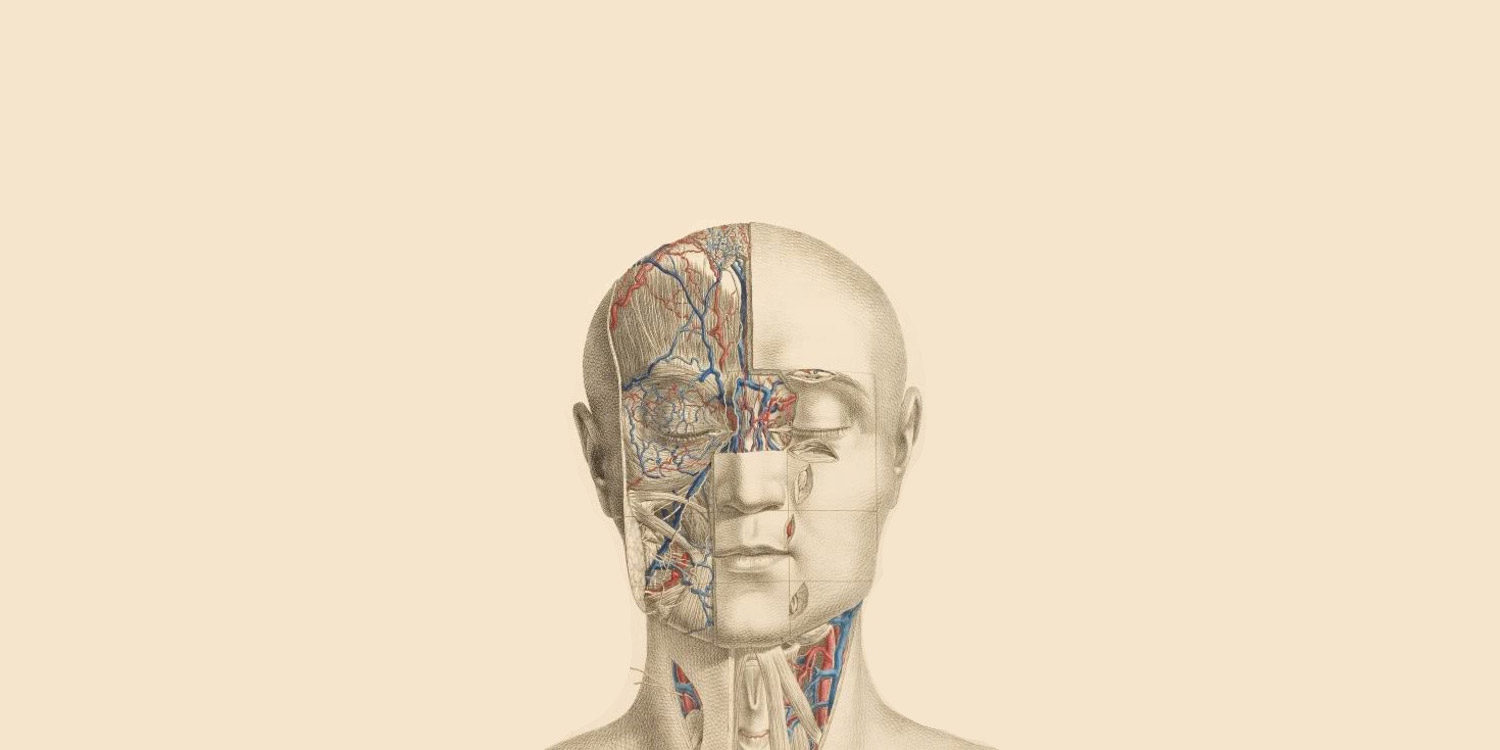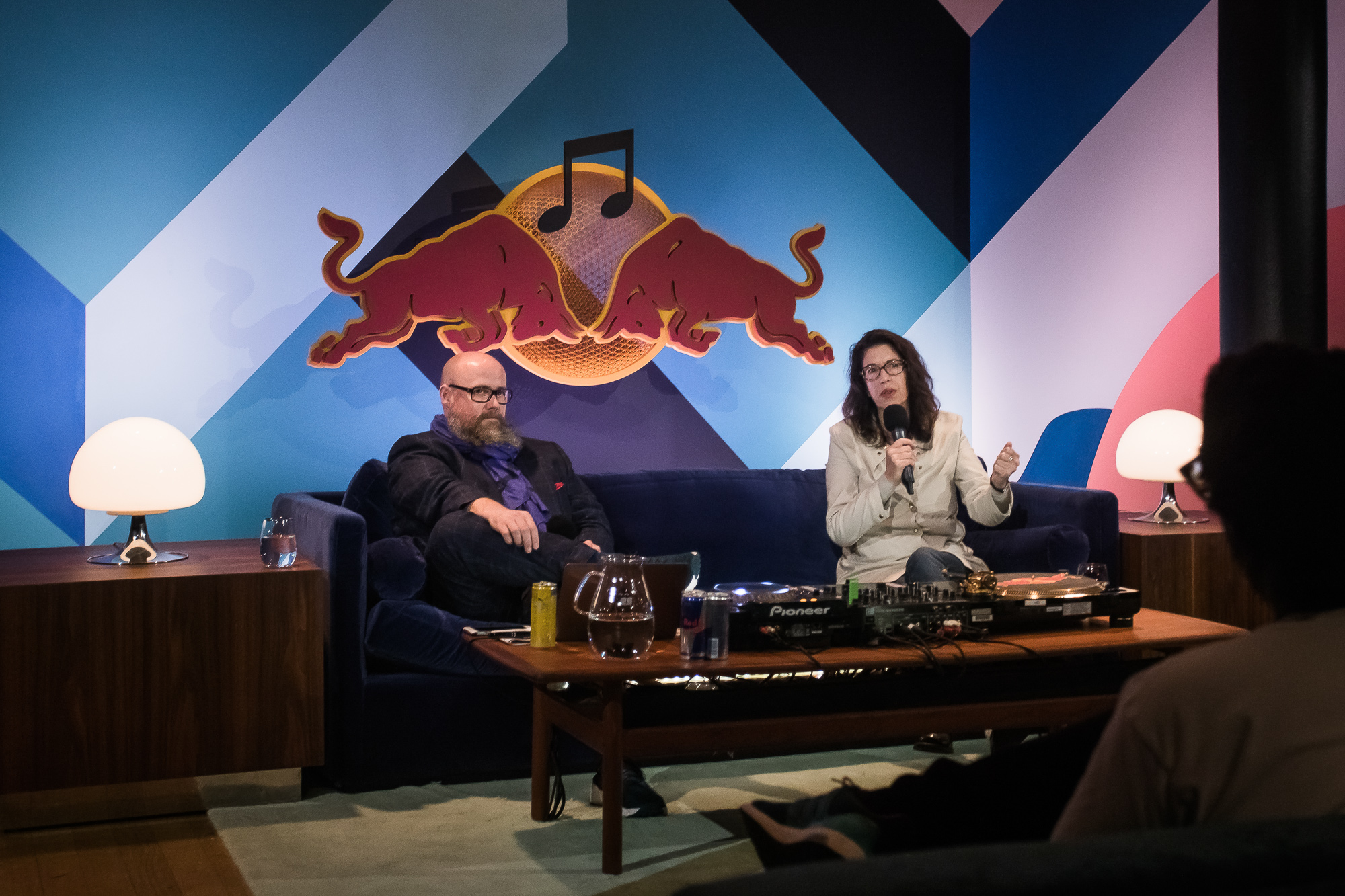Susan Rogers on the Anatomy of the Human Ear
Prince’s former engineer and the current director of the Berklee Music Perception and Cognition Laboratory analyzes the architecture of our auditory systems
Susan Rogers dropped out of high school in Southern California to teach herself how to be a sound engineer and technician. By 25, she was working for Crosby, Stills and Nash at their Rudy Records studio, and in 1983, Rogers began five years of work as Prince’s engineer – a period covering Purple Rain, Sign O’ The Times, Parade and more.
Rogers went on to record, mix and/or produce artists such as the Jacksons, Laurie Anderson and David Byrne, but nowadays she focuses on the academic side of things, with a doctorate in psychology from McGill University and as director of the Berklee Music Perception and Cognition Laboratory, where her research focuses on auditory memory, psychoacoustics and the perception of musical signals. In this excerpt from her lecture at the 2016 Red Bull Music Academy, Rogers discussed the intricacies of the human ear, and different paths towards hearing loss.
.3ebd1668.jpg?auto=format&w=700)
Susan Rogers
Inside the cochlea, which is that little bony shell that is shaped like a snail, there’s a membrane, basilar membrane, and above the basilar membrane, our hair cells – there is a single row of inner hair cells, and then there is a triple row of outer hair cells. Hair cells, if you look them up online, they’re one of the coolest things in all of the universe. It looks like a cartoon drawing of an alien. It’s a cell, and it’s got these little hairs on top, and it’s got a nucleus in it. When you’re hearing a sound, sound is coming into your ear canal, and it’s pushing your eardrum back and forth. That’s connected to three little bones, which is pushing that little oval window – which is a little port on that bony cochlea – back and forth.
On top of that are little hair cells, and they’re swinging back and forth, and back and forth, and back and forth, and as they swing back and forth – and this is why nature is fucking amazing – it’s impossibly small, but the little hairs themselves have pores in them, and as the hairs swing back and forth... Pores in the hairs are opening and closing, and ions are coming in and out. That’s your analog to digital converter. That’s your analog signal: the hair cells going back and forth, which converts the signal, if it’s hot enough, into a nerve spike. There’s a nerve sitting there, waiting at the bottom of that hair cell, saying, “Hit me.” If it gets enough ions coming in, it becomes a nerve spike, and there’s your one, if the signal is there, and a zero if it isn’t.
[If] you’ve got a hair cell and you’re playing it a pure tone of 4K, 4,000 Hz, the little hairs are going back and forth 4,000 times a second. That becomes spikes. If you overdo it, and you blast those hair cells for too long, too much, what happens is the nerve that is sitting there waiting to receive all those neurotransmitters, those ions – the charged ions, which became neurotransmitters – the nerves get so overexcited, they suffer from excitotoxicity and the ends of the nerves swell and they burst. Hair cells can die from overuse, and they do not grow back. An auditory nerve is a long nerve – it’s long in biological terms, about 25 millimeters, an inch or so long, from the inner ear to the cortex.
Watch Susan Rogers’ lecture from RBMA Montréal in full here.
That path, that’s our wiring, and that consists of about 35,000 nerves on each side. The nerves have branches. Musical training in childhood grows more branches, so that’s good news and bad news for musicians. Musicians who’ve been training since childhood have a super highway for processing sound compared to non-musicians. You guys hear things in sound that I don’t catch. It’s not that your hearing is necessarily better than mine, it’s that because your musicians, your processing acuity is sharper and finer than mine. It’s like you’ve got a really sharp photograph and I’ve got a Polaroid. I can still see it’s a Polaroid picture. It’s dad and it’s the boat and it’s in the driveway. I can see what it is. I can tell you what it is. You guys, with your high resolution system, can tell us, “Hey, in this picture, dad’s fly is down.” I can’t see that detail. I can’t hear that detail.
Hair cells can die, and they don’t come back. Branches on the auditory nerve can die and eventually kill off the nerve. We’re going to kill off some of it anyway as we age, just as our eyes are going to change, but think of sound exposure like a sunburn. If you do it too many times, if you burn your skin too much for too long, your skin says, “OK, I guess this is what we’re doing,” and tumors can grow.
Likewise, if you burst your hearing too much over too long of a time, the auditory system says, “I can’t deal with it anymore. It’s just too much.” Musicians are somewhat protected because you have a better pathway, but you’re still at risk. Once it’s gone, it’s gone. Research is being done right now at a ferocious pace to help see if we can grow new auditory nerves and new hair cells, but, so far, no. Not too much. The good news is... I don’t want to leave you with bad news. This is super cool and it’s recent. Scientists have discovered that not all injury is created equal.
Let’s take a crude example. If you are playing a sport you love, your favorite sport, after you played that sport for a whole day, your muscles are going to ache, but you feel good because your body hurts, but you felt good doing it. That muscle ache is different than the muscle ache you would get if someone pushed you down a flight of stairs. Literally, when we add insult to injury, it hurts worse and it causes more damage.
Likewise, noise exposure caused by sound we do not like, like construction work or gunshots and stuff like that, is much more damaging than the same sound pressure level from sound that we like. When we’re being a DJ, when we’re mixing, when we’re working in the studio, when we’re playing, we’re actually not getting the same level of harm as when we’re just exposed to random noise. There’s some protection there.
This excerpt has been edited and condensed for clarity.

